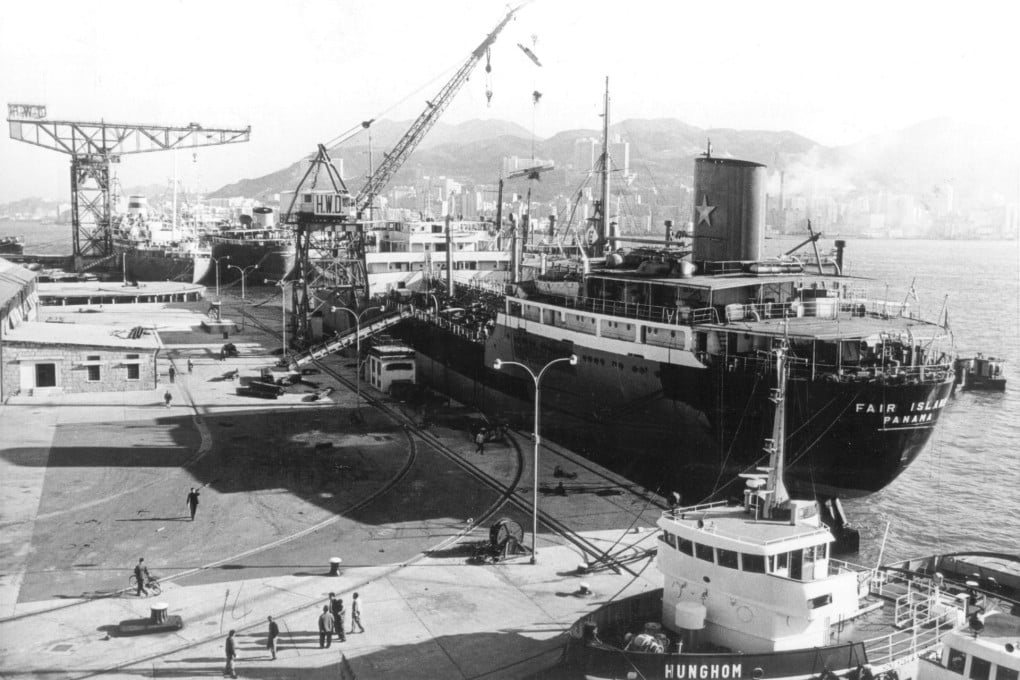Then & now: ship shape
Hong Kong's maritime industry has undergone sea changes in line with the city's ever-evolving economic landscape, writes Jason Wordie

As one of the world's major seaports, contemporary Hong Kong retains enduring connections with its maritime origins. The newly opened cruise-ship terminal on the old Kai Tak airport runway, designed to tap into the (still more anticipated than actual) mainland leisure cruise market, may - eventually - add new energy to the city's harbour scene. Its opening marks an eastwards shift - Tsim Sha Tsui's southernmost end, now thoroughly clotted with high-end designer shops mostly patronised by mainland tourists, was for decades Hong Kong's main passenger arrival and departure point.
Shipbuilding and ship-repairing were major local industries from the mid-19th century up until the 1960s, when both sectors went into significant decline. Modern Hong Kong's main container port, at Kwai Chung, is the fourth busiest in the world, but where did the city's earlier port activities take place and what became of the ship-maintenance facilities that serviced them?
Hong Kong Island had shipbuilding and repair facilities in Tai Koo and Aberdeen, but most such services in the city were concentrated on the other side of the harbour, around the Hong Kong and Whampoa Dock Company yards in Hung Hom, better known to three generations of Hongkongers as the Kowloon Docks, or simply "The Dock Company". For decades, a massive hammerhead crane - long-since vanished from the city's skyline - reared over the company's waterfront dry dock.
Hung Hom-built vessels sailed the world; Australian trading conglomerate Burns, Philp & Co used Hong Kong-made ships on its South Pacific routes, which regularly called at Papua New Guinea, the Solomon Islands and Fiji.
Hung Hom has experienced gentrification in recent years, with luxury housing developments and large-scale hotel and office complexes having been constructed. But the ultimate credit for the district's transformation lies with tycoon Sir Douglas Clague's expansion of his Hutchison International port empire in the 60s. The dockyard's development marked a departure from a Hong Kong that actually made things - whether it be plastic flowers or ocean-going passenger-cargo ships - to one whose prosperity increasingly revolved around stock-market investment cycles and property bubbles.
Clague recognised that by the late 60s Hong Kong had started to develop a small but steadily expanding middle class, which would soon want ownership of quality homes. At the same time, rapid growth and transformation of international shipping, combined with the rise of containerisation, meant smaller vessels, such as those built and serviced in Hung Hom, would soon be obsolete. The Hung Hom dockyard complex was developed from the 70s onwards; virtually the only reminder of its origins today is a fake concrete ship (containing shops and a multiplex cinema), that is moored out of time and context.